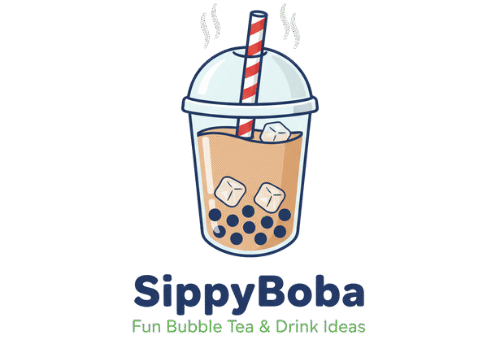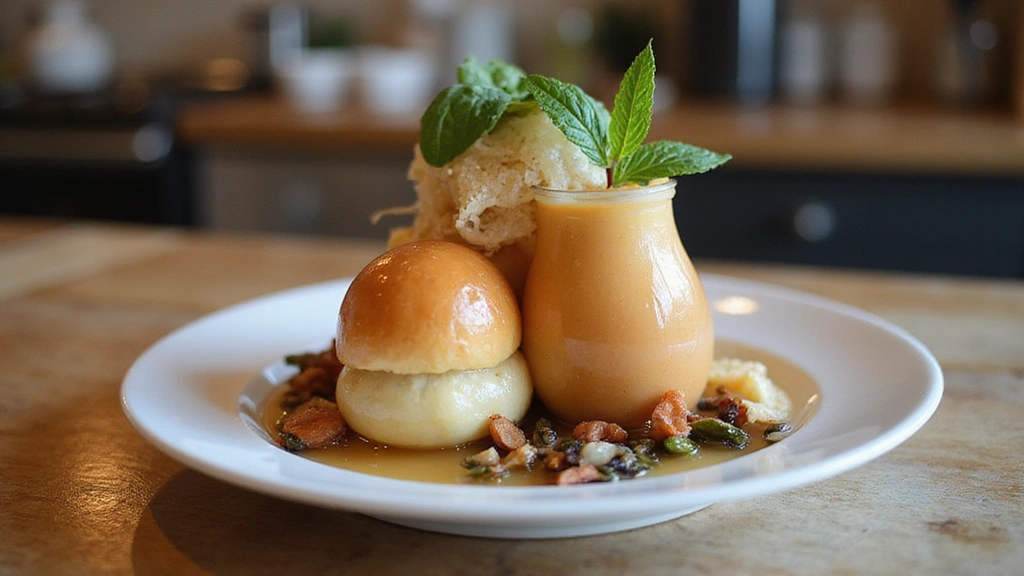Starting a Bubble Tea Business can be both exciting and challenging.
This popular beverage has taken the world by storm with its unique combination of tea, milk, and chewy tapioca pearls.
The appeal lies in its versatility, allowing for endless flavor combinations that cater to a wide range of tastes.
Whether you’re a boba enthusiast or an entrepreneur looking to enter the beverage market, crafting a solid business plan is essential.
In this guide, we’ll provide you with a comprehensive template to help you get started on your Bubble Tea Business journey.
The History and Cultural Significance
• Bubble Tea Business traces its origins to Taiwan in the 1980s, where it was originally created by street vendors experimenting with tea and tapioca.
• The drink evolved over decades as it gained international popularity, with variations including fruit-flavored teas and different types of milk and toppings.
• In Taiwanese culture, bubble tea represents a modern twist on traditional tea culture and is often enjoyed as a social beverage among friends and family.
• While many variations exist across different regions, the authentic version maintains a balance of sweet tea and chewy tapioca pearls that sets it apart from imitations.
Recipe Overview
Nutritional Information (per serving)
Essential Equipment Guide
Shaker: Essential for mixing the ingredients thoroughly, ensuring a smooth and consistent flavor. Alternative: A mason jar with a lid can work. Choose one with a tight seal to prevent spills.
Strainer: Important for removing any undissolved powders or excess tapioca pearls, providing a clean drink. A fine mesh strainer is best for this task.
Tapioca Cooker: Crucial for cooking tapioca pearls to the perfect texture. Alternatives include a standard pot, but precise control over heat and timing is key.
Ingredients
For the Base
|
|
| Amount | Ingredient | Notes |
|---|---|---|
| 4 cups | black tea | brewed, adds robust flavor |
| 1 cup | milk | your choice of dairy or plant-based, adds creaminess |
Sweeteners
| Amount | Ingredient | Notes |
|---|---|---|
| 1 cup | sugar syrup | adjust to taste, sweetens the tea |
Tapioca Pearls
| Amount | Ingredient | Notes |
|---|---|---|
| 1 cup | tapioca pearls | cooked, provides chewy texture |
Flavorings
| Amount | Ingredient | Notes |
|---|---|---|
| 2 tablespoons | flavoring syrup | such as taro or matcha, adds distinct taste |
Preparation Methods
Brewing Tea: Proper tea brewing is essential for the base flavor. Use loose leaf for a more robust taste. Steep at 90°C for 5 minutes to prevent bitterness.
Cooking Tapioca Pearls: Achieving the perfect chewiness is crucial. Cook in boiling water for 30 minutes and let them sit for additional 30 minutes before rinsing.
Shaking Technique: Shaking the drink creates a frothy, well-mixed beverage. Use a cocktail shaker or mason jar, and shake vigorously for 20 seconds.
Step 1: Brew the Tea
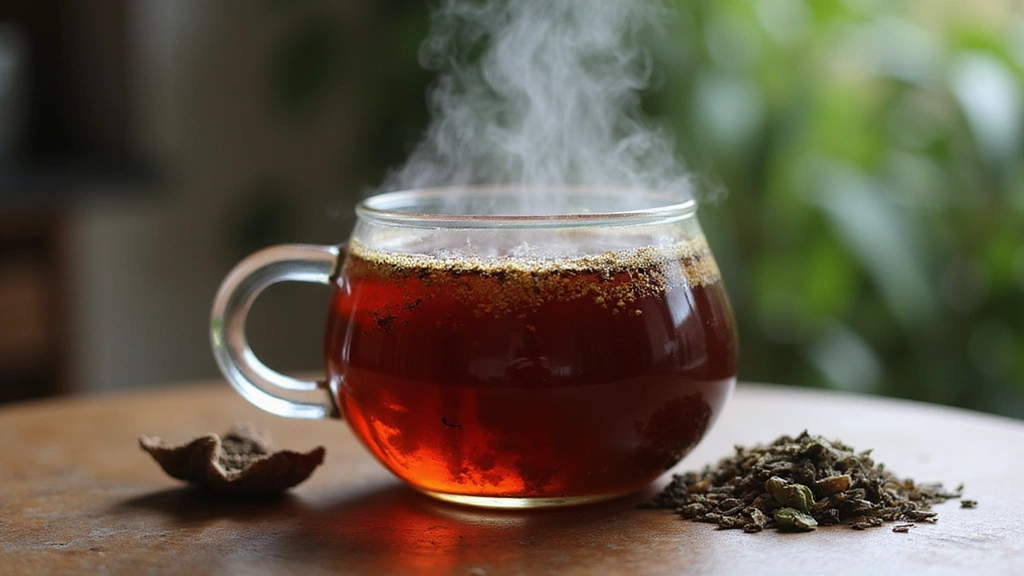
Boil water to 90°C and pour over loose leaf black tea.
Steep for 5 minutes to extract flavors.
Strain the tea leaves and let it cool.
Ensure the tea is strong as it will be diluted later.
Step 2: Cook Tapioca Pearls
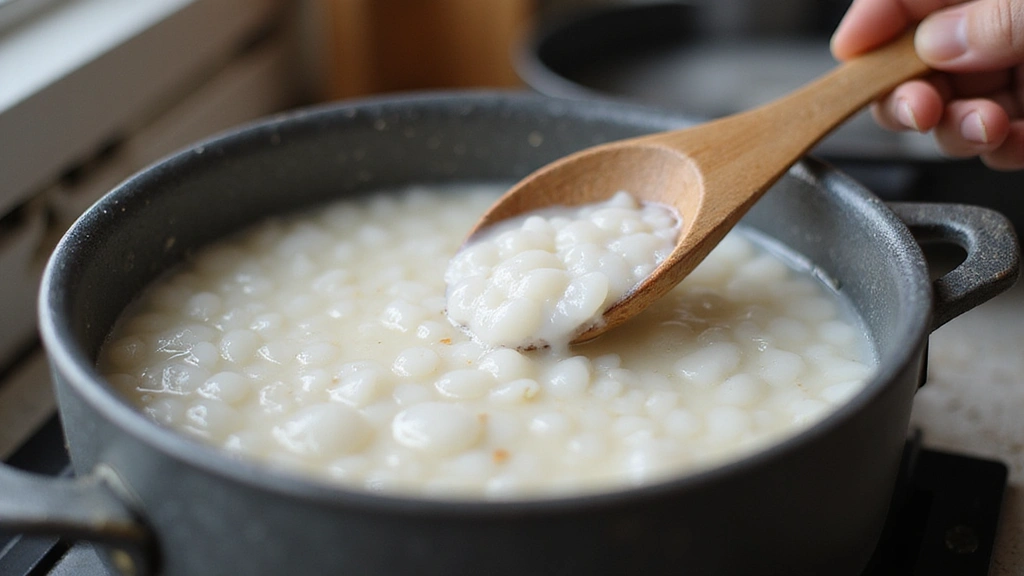
Bring a pot of water to a rolling boil.
Add tapioca pearls and stir gently to prevent sticking.
Cook for 30 minutes, then remove from heat and let sit for another 30 minutes.
Rinse with cold water and set aside.
Step 3: Prepare Sugar Syrup
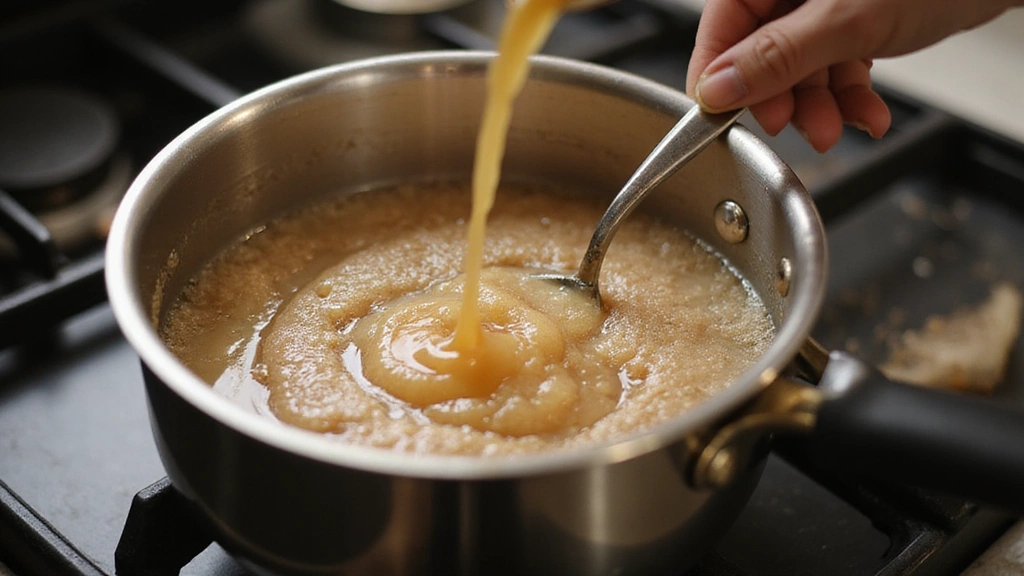
Combine equal parts sugar and water in a saucepan.
Heat until the sugar is fully dissolved, stirring occasionally.
Let it cool before using in the tea.
Store any extra syrup in a sealed container for future use.
Step 4: Mix the Base
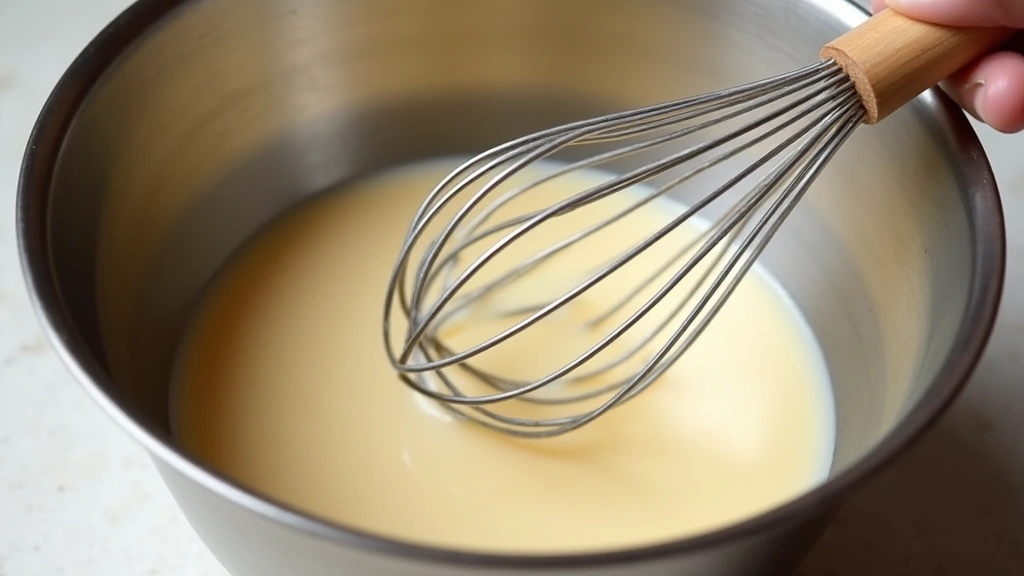
Pour the cooled tea into a large mixing bowl.
Add milk of choice and stir until combined.
Incorporate sugar syrup to taste.
Mix thoroughly to ensure even sweetness.
Step 5: Add Flavoring

Pour desired flavoring syrup into the tea mixture.
Stir well to incorporate.
Adjust the amount based on personal preference.
Taste test to ensure flavor balance.
Step 6: Combine Ingredients
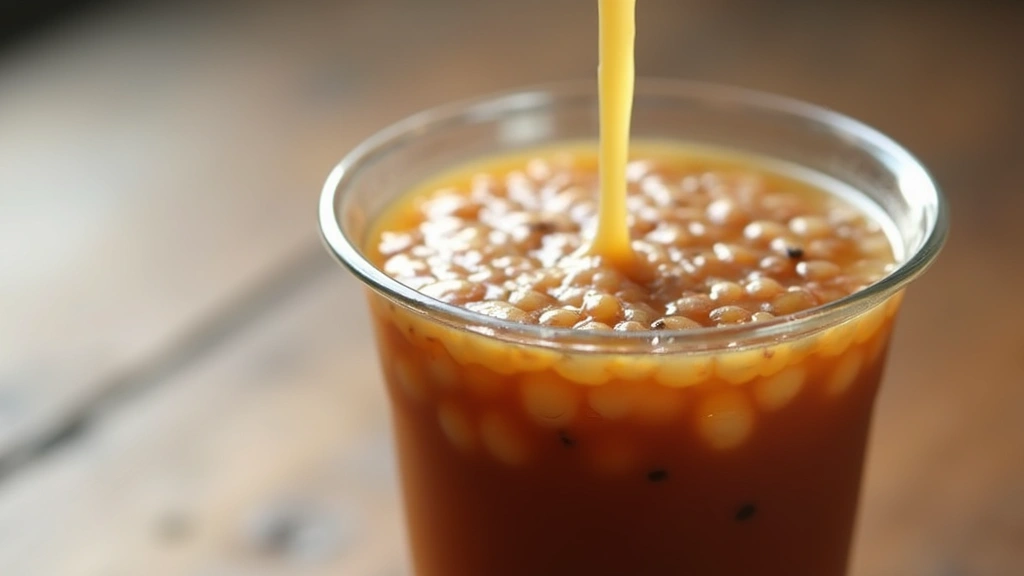
Place tapioca pearls in the bottom of serving cups.
Fill each cup with the tea mixture, leaving room at the top.
Stir gently to combine pearls with the drink.
Ensure even distribution of ingredients.
Step 7: Shake the Drink
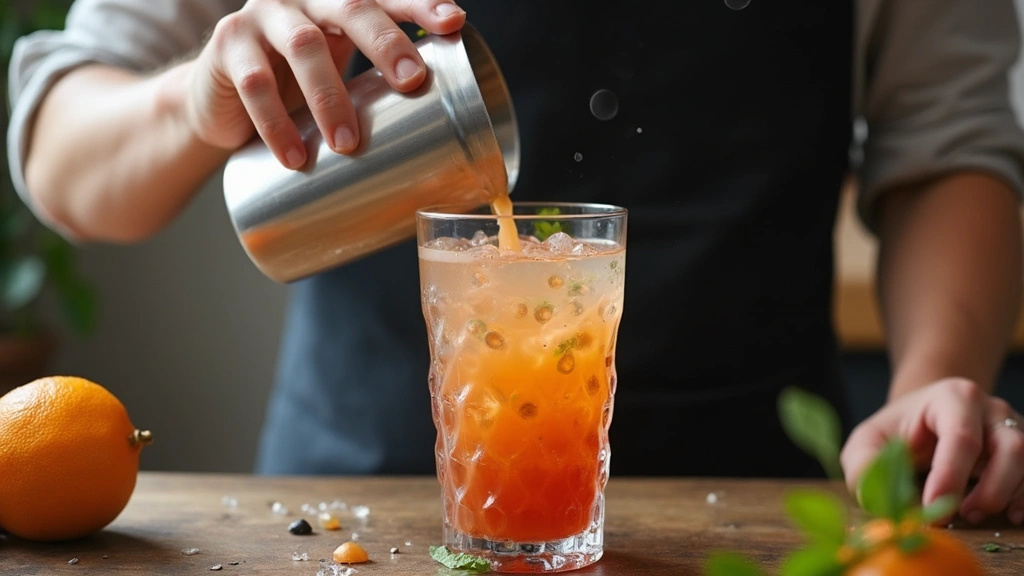
Transfer the drink to a shaker or sealed container.
Shake vigorously for 20 seconds to mix thoroughly.
This creates a frothy texture on top.
Check for any leaks before shaking.
Step 8: Serve
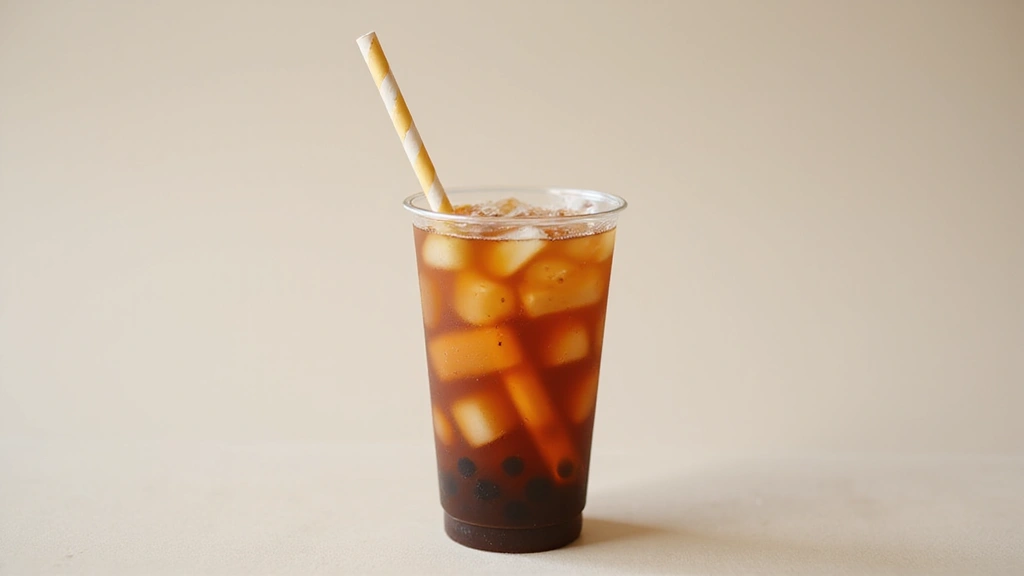
Pour the shaken drink back into serving cups.
Add ice if desired for a chilled experience.
Insert a wide straw to accommodate the pearls.
Serve immediately for best taste.
Critical Timing and Temperature Guide
Tea Brewing: Steep at 90°C for exactly 5 minutes. Look for a deep amber color. Avoid over-steeping to prevent bitterness.
Tapioca Cooking: Boil pearls for 30 minutes, then let sit for 30 minutes off heat. Check for a chewy texture without hard centers.
Cooling Process: Allow tea to cool to room temperature before mixing. Rapid cooling can cause cloudiness.
Pro Tips for Bubble Tea Business
• Ingredient Selection: Choose high-quality loose leaf tea and fresh tapioca pearls. These are the most crucial elements impacting taste.
• Preparation Secret: Use a pinch of salt in the syrup to enhance sweetness perception.
• Temperature Management: Always cool tea to room temperature before adding milk to prevent curdling.
• Texture Enhancement: Stir tapioca pearls frequently while cooking to ensure even cooking.
• Flavor Layering: Layer flavors by adding a hint of vanilla extract for depth.
• Make-Ahead Strategies: Prepare tapioca pearls up to a day in advance and store in syrup to keep moist.
• Restaurant-Quality Finishing Touches: Dust the rim of the glass with flavored powder for a professional touch.
• Equipment Optimization: Use a strong shaker to ensure a well-mixed, frothy result.
Troubleshooting Common Issues
• Tea Too Bitter: This occurs from over-steeping. Reduce steeping time and consider using a lower temperature.
• Pearls Too Hard: Caused by insufficient cooking or cooling. Extend cooking time and ensure proper resting.
• Drink Too Sweet: Adjust sugar syrup to taste, start with less and add more if needed.
• Milk Curdling: Milk curdles due to hot tea. Ensure tea is cooled before adding milk.
• Flavor Not Strong Enough: This can happen if flavoring syrup is too diluted. Use concentrated syrups or increase the amount.
Variations and Regional Differences
• Taro Bubble Tea: Includes taro root powder, giving it a purple hue and unique nutty flavor. Often includes coconut milk.
• Matcha Bubble Tea: Uses matcha green tea powder for a distinct earthy taste, popular in Japanese-inspired variants.
• Fruit Bubble Tea: Adds fresh fruit purees like mango or strawberry, common in tropical regions.
• Thai Bubble Tea: Infused with spices like star anise and cardamom, offering a spicy-sweet profile.
Food Science Behind the Recipe
• Emulsification: The shaking process creates an emulsion, integrating tea and milk for a consistent texture.
• Gelatinization: Cooking tapioca causes starch granules to swell, creating the chewy texture desired in pearls.
• Maillard Reaction: The sugar syrup undergoes browning during cooking, enhancing flavor complexity.
Frequently Asked Questions
What's the most common mistake people make when preparing Bubble Tea? Overcooking or undercooking tapioca pearls, leading to undesirable texture.
Can I use instant tapioca pearls? Yes, but adjust cooking times based on the package instructions.
How can I make my bubble tea less sweet? Reduce the amount of sugar syrup or use sugar alternatives.
What type of tea is best for bubble tea? Black tea is traditional, but green or oolong can be used for different flavor profiles.
How should I store cooked tapioca pearls? Store them in sugar syrup to maintain moisture and prevent them from hardening.
Can I use non-dairy milk? Absolutely, options like almond or soy milk work well.
How do I prevent tapioca pearls from sticking together? Stir frequently while cooking and rinse under cold water after cooking.
Serving and Presentation Guide
• Traditional Presentation: Serve in a clear glass to showcase the layers and colors of the drink.
• Modern Take: Use a mason jar for a rustic, trendy look popular in cafes.
• Party Style: Offer in small, stylish cups with colorful straws for events and gatherings.
• Garnishing: Top with a dollop of whipped cream and a sprinkle of matcha or cocoa powder for an elegant finish.
Conclusion
Creating a Bubble Tea Business is a rewarding venture that combines creative flavors with entrepreneurial spirit.
With the right plan and dedication, you can bring this beloved beverage to a wide audience.
Follow this guide to ensure a smooth start and enjoy the process of sharing bubble tea with others.
